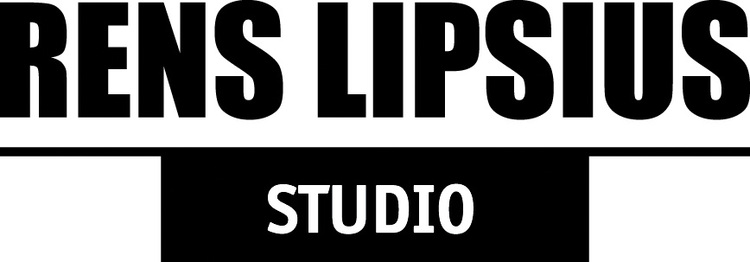Objets Derivés & Scuptures
Ideal Artist House No. 5: Quai de Valmy
Ideal Artist House No. 10: Herengracht
Ideal Artist House No. 8: Objets Dérivés - Light Observation Field
A 65x130 meter rectangle traced in the landscape (exactly north-south in its length) by equalizing the earth surface and seeding it with 24 different biological grasses, and by digging ditches and planting 63 oaks around its boundary line. A frame for the observation of light changes.
In its prolongation I built an observation platform and afterwards the Cuckooshouse (Ideal Artist House nr. 3) . This pre-fab house showed a floor-ceiling installation of the 1000 photographs with Blocked Lightmeter.
Works on the Light Observation Field are included in a 12-hour video shown simultaneously with the Large Standing Figures and Abstract Panels (series of paintings) and 1000 Photographs with Blocked Lightmeter and in other works as shown below:
Objets Dérivés & Sculptures
I have designed sculptures and objects (benches, tables, sinks, beds, windows, stairs, banisters, etc.) which were manufactured by craftsmen and used in the different Ideal Artist Houses. (They have a (functional) purpose but sometimes they are free forms.)
For instance, the bannisters were designed for the central stairs at the IAH no. 7, Amsterdam (Netherlands). They would be installed when visitors came, attached in a way that they could be taken off easily as the stairs were beautiful without them. Often I had them placed in the large Stijlkamer as a sculpture on small bases I designed for this purpose.
It raised the question: “What are you looking at? An object? Art?”
I just called them “Objects”. But then there was also a large fire I photographed and a haze over the Light Observation Field, or the Rhododendrons at the IAH no. 4, and once more I asked myself: “What are we looking at”?
Could a table or a bench be a design object or a sculpture when it stands on its side?
I placed large paintings on the benches in my Paris studio, Villa Riberolle, instead of hanging them on the wall. Later on I had similar benches made for the IAH no. 6, New York, which could be used for seating during a concert at the house, or for large paintings or small piles of Roses & Cauliflowers.
Sleeping Cabins
In my studios, I like to lie down to see the work. When you’re horizontal, you look at things differently.
I therefore designed “Sleeping Cabins” for the IAH no. 9 (Friesland, Netherlands). One has the shape of a large ammonite and has a half round cover which can be closed. Its base is a half-rounded shape as well. Inside it has “IAH no. 9” bed linen and comfortable pillows like in a real bed.





































